TechRadar Verdict
The Nikon Z5 is the best entry-level full-frame mirrorless camera you can buy right now. It’s not perfect, but thanks to a blend of great image quality, a reliable autofocus performance, accessible handling and a weather-sealed body and tough body, the Z5 has a lot going for it. The only thing holding it back is the cost at the moment, as it’s not much cheaper than the even better Z6.
Pros
- +
Comfy grip and solid build
- +
Logical control layout
- +
High-resolution EVF
- +
5-axis AF system
- +
Very capable AF system
Cons
- -
Underwhelming burst shooting speed
- -
Disappointing video specs including cropped 4K
- -
Tilt-angle display, not vari-angle
Why you can trust TechRadar
Two-minute review
The Nikon Z5 is the company’s new entry-level full-frame mirrorless camera, looking virtually identical to the Nikon Z6, which it sits below in the company's mirrorless range. It might be pricier than rivals like the Canon EOS RP and Sony Alpha A7 II, but the Nikon Z5 is the best beginner mirrorless camera around right now if you're looking for a full-frame model.
Spec-wise, the Nikon Z5 ticks a lot of boxes. There’s a large 24MP full-frame sensor at the heart of the camera, which we’ve found will reward you with great-looking images in a variety of shooting scenarios. If you’re likely to be shooting regularly in poor light though, you might want to consider the Nikon Z6 – its newer back-illuminated sensor performs better at higher ISOs, although you’ll really have to look at the files closely to tell the difference.
The 3.69 million-dot electronic viewfinder (EVF) on the Nikon Z5 is excellent – it’s large and bright, and makes composing shots a joy – and there’s a very good 3.0-inch tilt-angle touchscreen. There’s also a very capable 273-point autofocus system that works well for both static and moving subjects, and is even clever enough to recognize and focus on your subject's eye (including your pet’s).
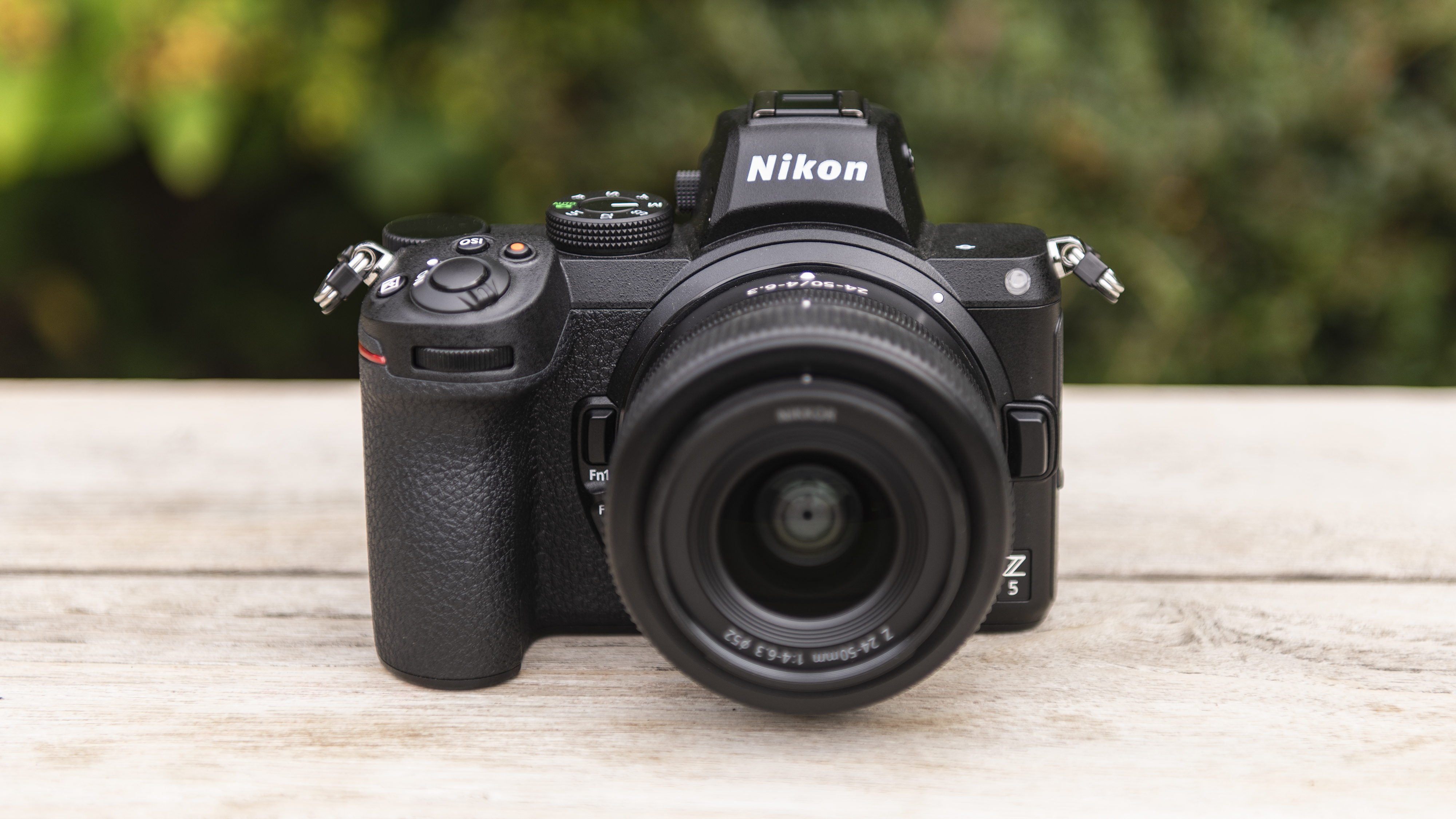
The burst shooting speed of just 4.5fps (frames per second) is disappointing, while the limited 4K shooting options mean it’s not the ideal choice for the hybrid shooter. Those frustrations aside, the Nikon Z5 is a really nice camera to shoot with. The grip is large and comfy, while the controls are nicely laid out and easy to navigate. Even those looking to come straight from a smartphone should find the transition pretty easy.
Compared to its closest rivals (the Canon EOS RP and Sony A7 II), the Nikon Z5 is certainly the best option out there right now – it offers more sophisticated features than the EOS RP, and is a much more accessible camera than the aging A7 II.
In fact, the biggest challenge to the Z5 comes not from its rivals, but from the Nikon Z6. With the older model having dropped in price since its launch two years ago, the Z6 is not much more of an outlay (at least when buying the body alone) than the Z5, and with the Z6 offering a number of subtle advantages that make it an even more rounded and capable camera, the Z6, for now at least, is much better value. When prices of the Z5 fall after launch, it should make a more persuasive case for itself.
Nikon Z6 release date and price
- The Nikon Z5 launched on July 21, 2020
- It costs $1,699 / £1,719 / AU$3,099 with 24-50mm lens
- You can also buy the Nikon Z5 body-only
Depending on where you are, the Nikon Z5 is either available to buy now from Nikon and major retailers, or will be very soon.
Sign up for breaking news, reviews, opinion, top tech deals, and more.
While the Nikon Z5 can be purchased body-only, most will want to invest in the kit that includes Nikon’s new 24-50mm f/4-6.3 standard zoom lens. The launch price of this kit is $1,699 / £1,719 / AU$3,099, making the Z5 Nikon’s most affordable full-frame mirrorless camera, and it’s some $750 / £480 / AU$700 more than the Nikon Z6 (albeit that camera comes with the better 24-70mm f/4 standard zoom).
If you’re in the UK you'll also be able to buy the Z5 with that new kit lens and an FTZ adaptor for £1,859, while in the US there's also a bundle with the Nikkor 24-200mm f/4-6.3 VR for $2,199.
The Nikon Z5 will likely be compared to two other full-frame mirrorless cameras, the Canon RP and Sony Alpha A7 II. With the RP over two years old and the Alpha A7 II almost seven years old, they can both be found for significantly less money than the Z5, with the Canon RP costing in the region of $1,300 / £1,400 / AU$2,300 (with the more versatile 24-105mm f/4-7.1 zoom lens) and the Alpha A7 II reduced to around $1,000 / £1,100 / AU$2,100 (with the unspectacular 28-70mm f/3.5-5.6 zoom lens).
Design and handling
- Same size and weight as the Nikon Z6
- Exposure mode dial moves to the right of the EVF
- Plastic used on the back and base of the camera
Normally you’d expect an entry-level camera to be smaller and lighter than pricer models in the range, but the Nikon Z5 is the same size and weight as the Z6. It tips the scales at 675g body-only including the battery, but there have been some changes to both the construction and ergonomics of the Z5 compared to the Z6.
Starting with the construction, there are some subtle differences. Both cameras use magnesium alloy panels for the top and front, but the Z6 has the upper hand round the back, with another magnesium alloy panel used; the Z5 instead uses a plastic panel on the rear, but it’s still good to see a decent amount of magnesium alloy on what is an entry-level camera. The Z5 is also weather-sealed, just like the Z6, while there’s the same large and comfy handgrip.
The main ergonomic difference between the Z5 and the Z6 is the absence of a top-plate LCD on the Z5. This can be handy for checking and adjusting exposure settings, but it’s not an essential item, and it’s not something that most mirrorless cameras have.
With no top-plate display, Nikon has changed the position of the mode dial, moving it from the left-hand side of the viewfinder on the Z6 to the right here. Otherwise, the control layout is pretty much identical to the Z6, and that’s a good thing. Clearly labelled controls are dotted around the top and back of the camera, while the joystick and sub-selector D-pad offer easy control of AF area selection and menu navigation. You can also control many of the Z5’s settings via the 3.0-inch LCD touchscreen if you prefer, while Nikon’s menu system is one of the better interfaces to get to grips with.

Sticking with the LCD, and it’s no surprise to see the Z5 use the same tilt-angle mechanism as the Z6. Videographers and vloggers might be disappointed not to see a vari-angle display that fully articulates, but stills shooters should find this a useful tool to help them frame low- and high-angle shots. One thing to be aware of, though, is that Nikon has opted for a lower-resolution display on the Z5 than the Z6, dropping from a 2.1 million-dot resolution to 1.1 million dots. Such cost-cutting is to be expected, and rival cameras like the Canon EOS RP feature a similar resolution (although its display benefits from a vari-angle hinge).
The Z6 (and the Z7 for that matter) divided opinion when they both arrived with single XQD card slots, but for the Z5 Nikon seems to have played it safer, and opted for two UHS-II SD slots. Users will appreciate the extra flexibility that dual card slots can provide, and it’s something that both the EOS RP and EOS R lack.
Specs and features
- Full-frame 24MP CMOS sensor
- 3.69 million-dot electronic viewfinder
- 4K video recording with a 1.7x crop
With the Z5 and Z6 sharing the same 24MP resolution, you could be forgiven for thinking that Nikon has opted to use the same sensor in the Z5 as it does in the Z6. That’s not the case though, with the Z5 not getting the more costly back-illuminated sensor technology found in the Z6, which likely means the sensor here is one of the last-generation of sensors found in the likes of the Nikon D750. Don’t let this put you off too much, though, as you’re only likely to see differences in performance at higher ISOs, where the Z6 should deliver cleaner images.

While Nikon may have economized on the sensor, it’s really good to see that it’s decided to use the same 3.69 million-dot electronic viewfinder (EVF) as the Nikon Z6, which is impressive for an entry-level camera. The Z5 also gets the same 5-stop in-body image stabilization (IBIS) system as the Z6, as well as the same 273-point hybrid AF system. Coverage is still 90% vertically and horizontally, but the system has been tweaked since we first saw it on the Z6 (with users of that camera able to enjoy these tweaks via a firmware update). This sees the AF system getting both human and animal eye detection, while there’s also a more advanced tracking mode.
The Nikon Z5 is a little handicapped when it comes to video though, something which, along with the absence of a vari-angle display, might put off those looking for a hybrid camera that’s just at home shooting video as it is stills. While the good news is that it can shoot in 4K at 30p, the bad news is that it has to crop the sensor by 1.7x to achieve this. This means, for example, that the 24-50mm lens bundled with the Z5 effectively becomes 40.8-85mm when you’re shooting 4K movies, making it less likely that you’ll be able get everything you want in the frame if you’re self-shooting. You can, however, shoot in Full HD without any crop limitations at up to 60p, although there are no 120p slow-mo modes.
Performance
- Conservative 4.5fps burst shooting
- Robust AF performance
- Decent battery life
While the Nikon Z5 has borrowed a lot of the Z6’s features, one area where the new camera noticeably falls short is its burst shooting speed. While the Z6 can rattle off an impressive 12fps, Nikon appears to have limited the Z5 to a rather pedestrian 4.5fps, and while this is comparable to the likes of the EOS RP and Sony Alpha A7 II, it’s a curious decision by Nikon to limit the Z5 to this kind of shooting speed. With the camera using the same EXPEED 6 image processor as the Z6, it’s not unreasonable to expect that the Z5 should in theory be able to shoot equally quickly, but as things stand it does mean the Z5 is hampered for those who want to shoot action.
The 273-point AF system used in the Z5 is a very good performer, bettering those systems found in rivals like the EOS RP and Alpha A7 II. Whether you’re shooting in Single or Continuous AF modes, there’s a decent selection of focusing modes, while we found focusing to be fast and quiet in most instances. Focus tracking worked well, locking on swiftly and reliably tracking our subjects round the frame – it’s just a shame that the restricted burst shooting speed of the Z5 limits its scope for action photography.
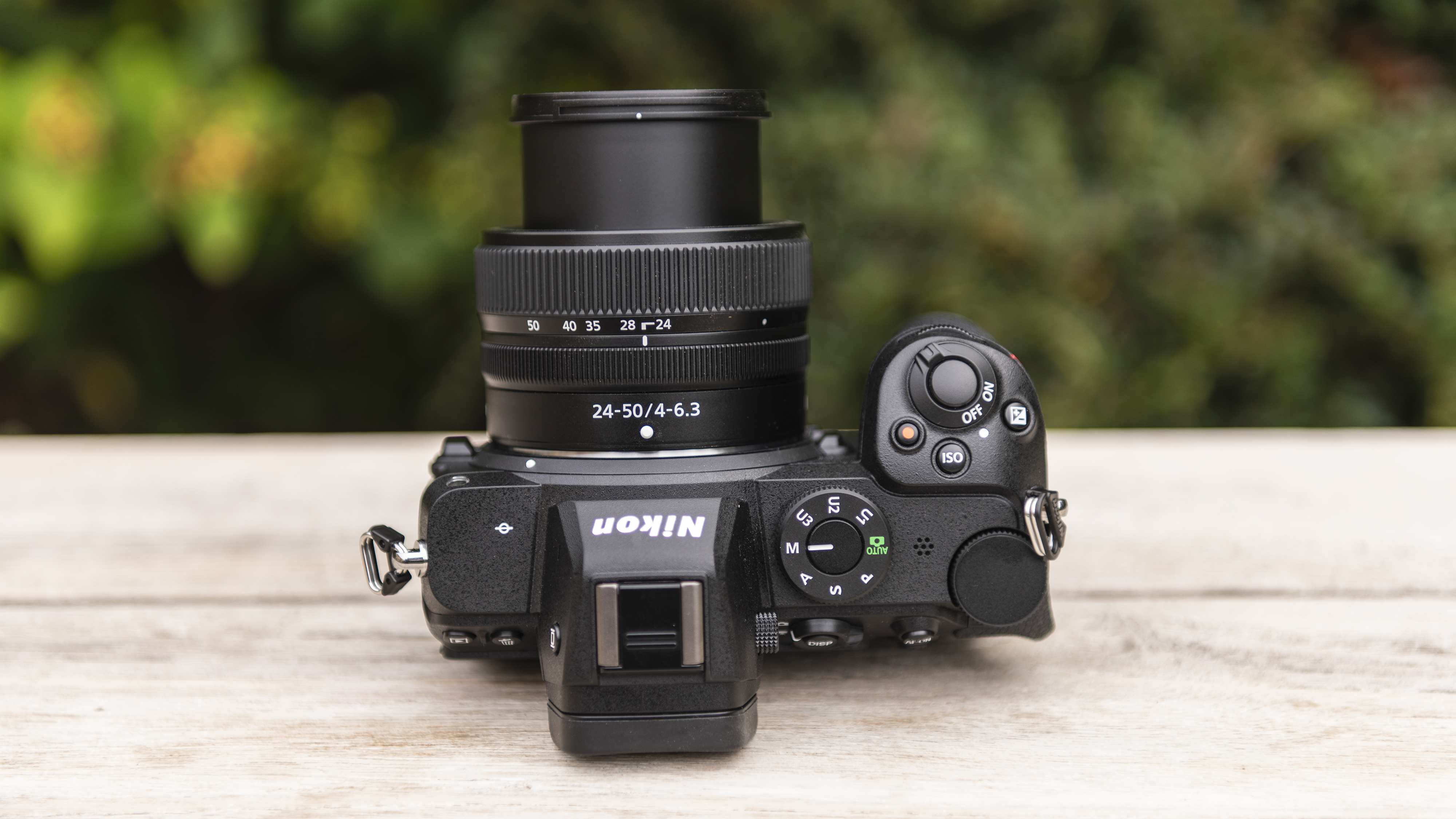
If you’re looking to shoot portraits (whether human or pet), the Z5’s eye detection works really well. The Z5 will automatically detect a face before the AF box shrinks down to cover the eye and hold focus while the subject’s in the frame. It probably hasn’t quite got the same level of sophistication as that found on Sony’s pricier Alpha A7 III, but it’s very good nonetheless.
The Z5’s built-in image stabilization is also a consistent performer, making it possible to get sharp shots at low shutter speeds that would otherwise introduce some form of camera shake.
Finally, the Z5 gets a new battery, the EN-EL15c, which offers an increase in capacity over the older variants (although it is interchangeable with older variants). You can expect to get 470 shots when using the rear monitor alone, or 390 shots when using the EVF – that’s some 80 shots better than the Z6.
Image and video quality
- ISO 100-51,200, expandable to 50-102,400
- Excellent sharpness and detail
- High-ISO performance not quite as strong as Z6
As we’ve touched on already, while the Z5 shares the same resolution as the Z6, it uses a different full-frame sensor. So with the Z5 missing out on the back-illuminated sensor design that the Z6 enjoys, what does that mean for image quality?
The short answer is that you’ll have to look very closely at images from the two cameras to see any difference. At low ISOs you’ll be rewarded with sharp and clean images that are comparable to those from the Z6, and it’s only as you move towards the higher end of the ISO range that you’ll notice a difference when you start to zoom into shots, with a hint more noise noticeable. That said, even here the Z5 still handles image noise well. At ISO 6,400, detail is maintained, with only a little chroma noise visible at 100%. As you’d expect, the dynamic range and detail levels drop off at the expansion sensitivity settings, so ISO 102,400 should only be used as a last resort.


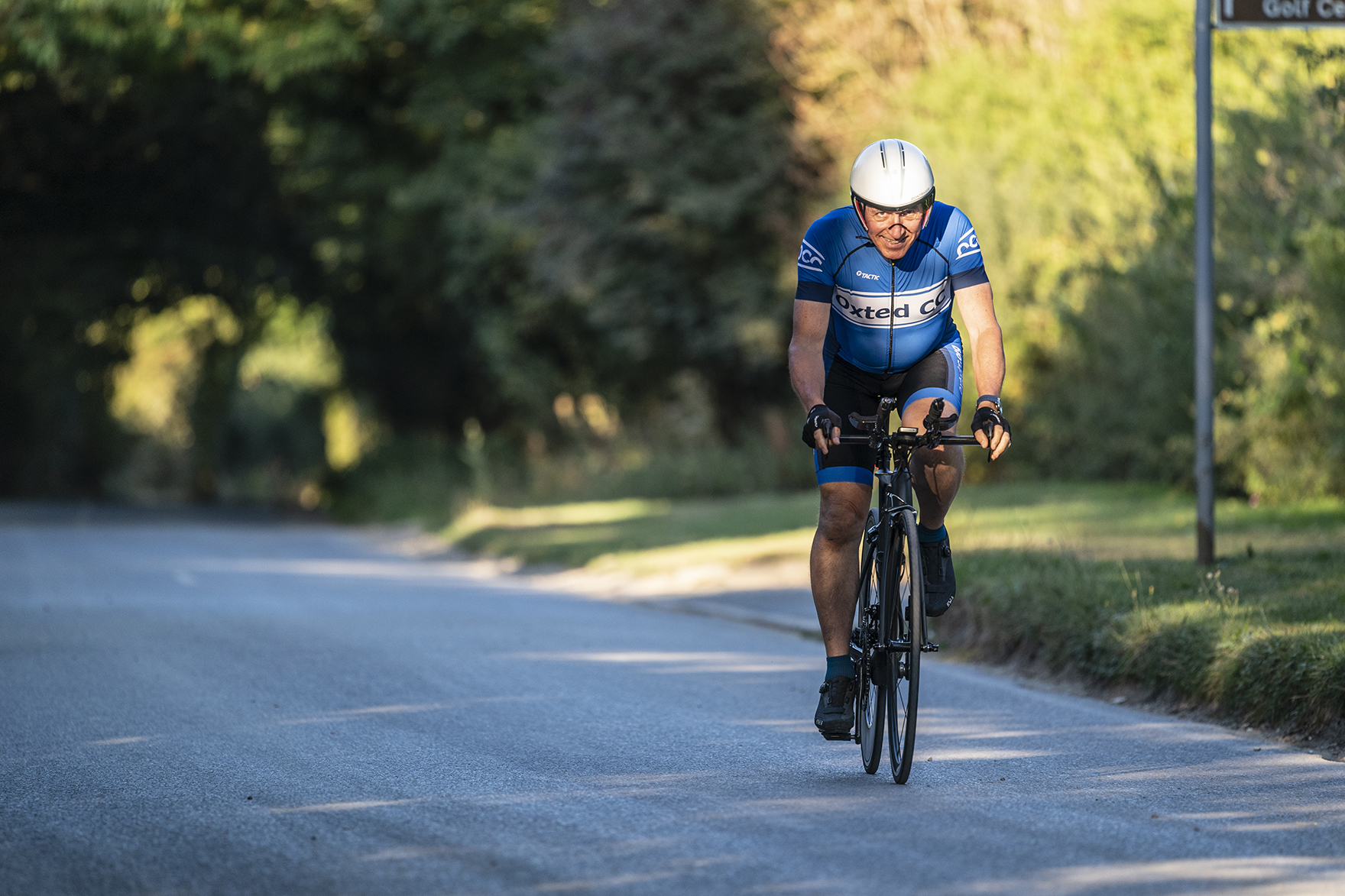
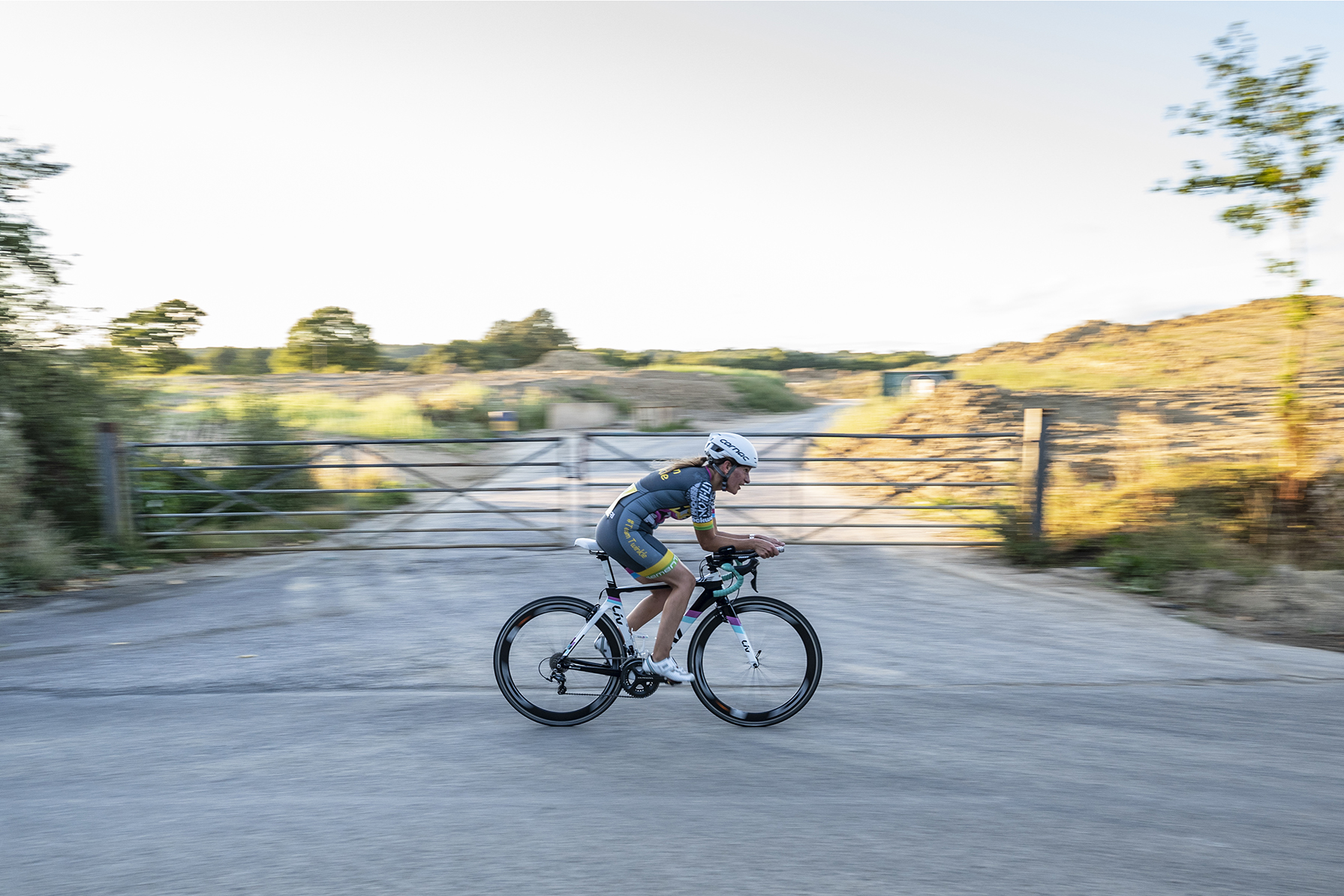

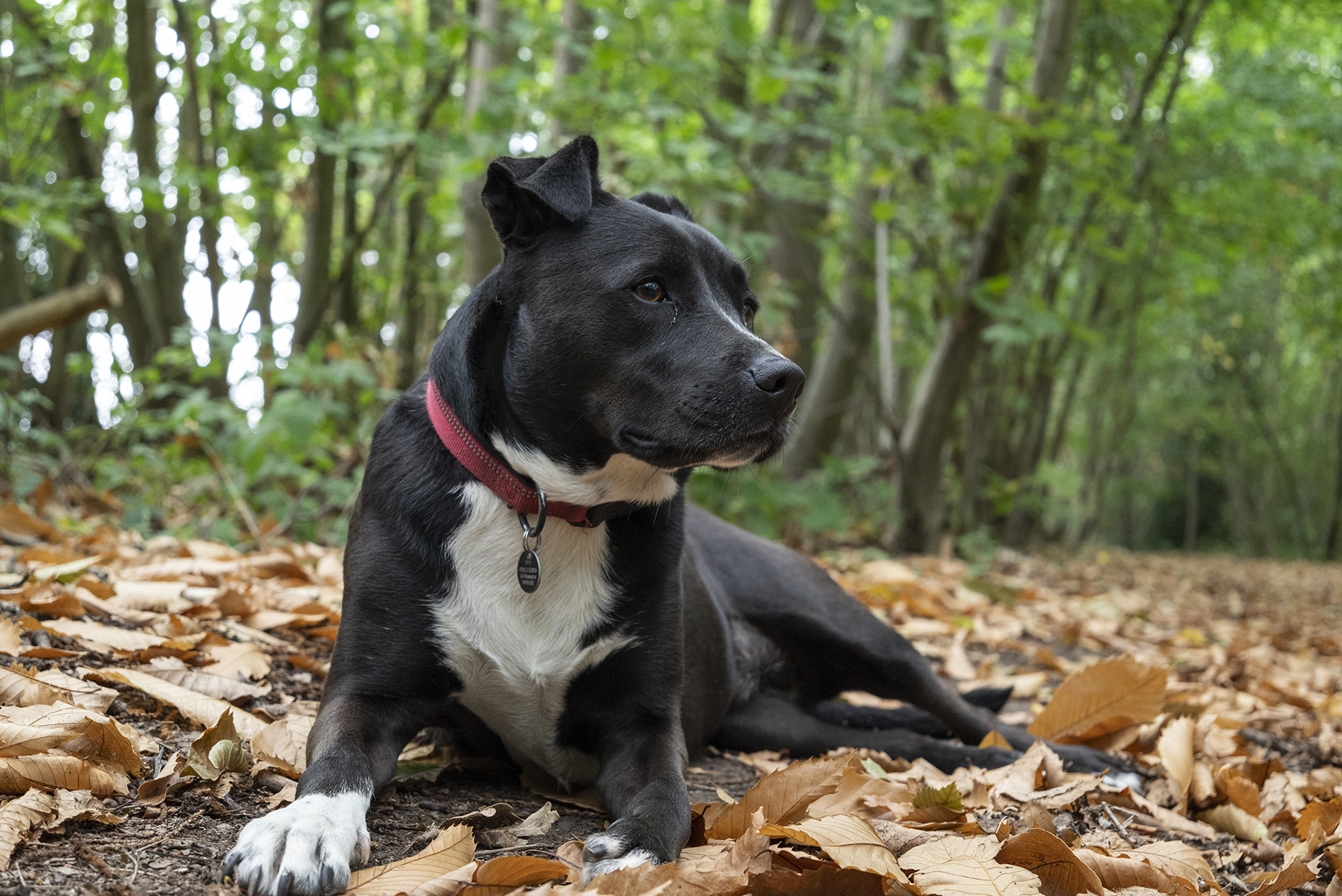
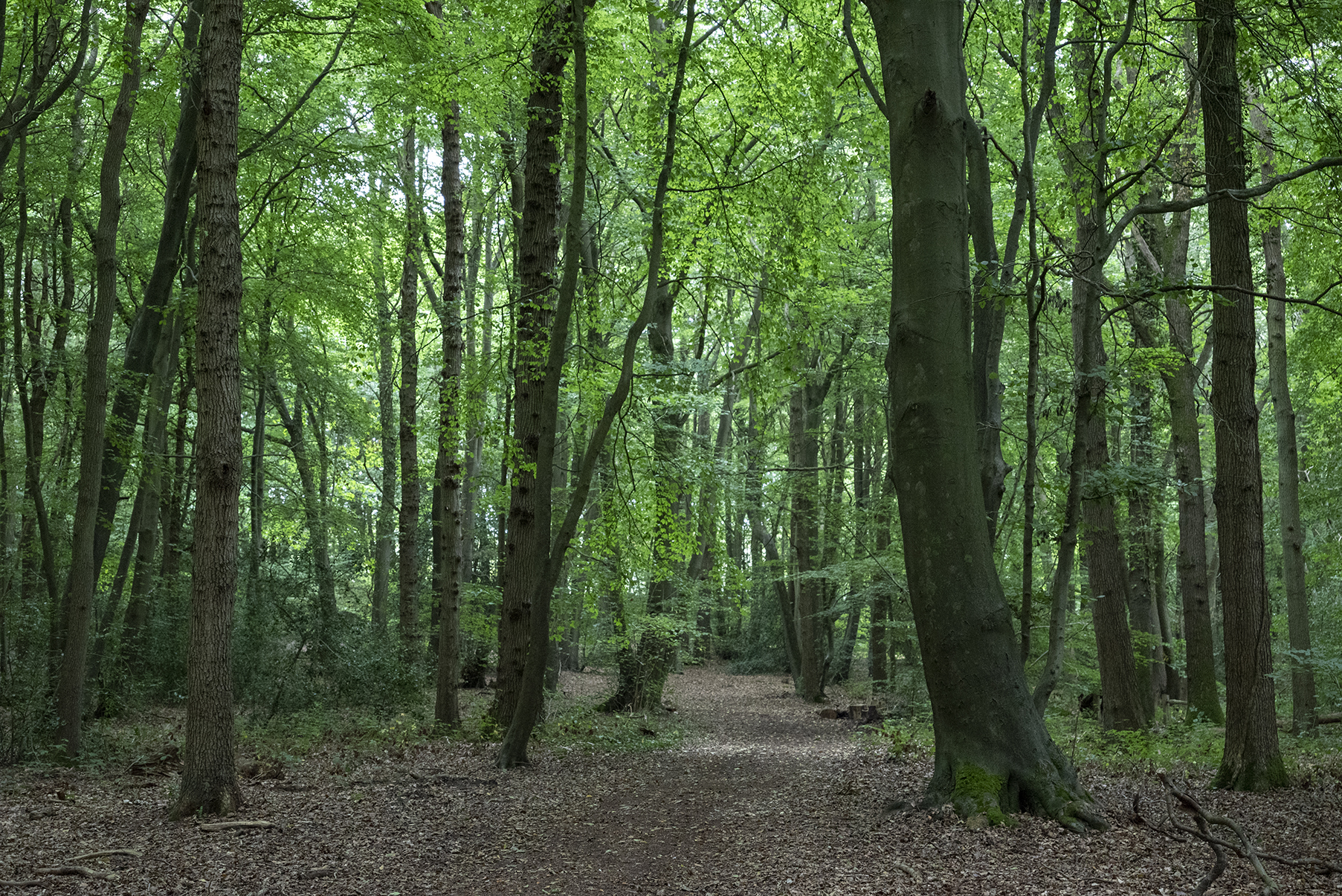
The Nikon Z5’s metering system is a very reliable performer. You’ll find that there’s a bias to expose for the highlights, but this does ensure that detail in bright areas isn’t blown out. A little post-processing where shots look a touch underexposed will deliver a nicely balanced image, while files can be pushed further if needed.
The 24-50mm kit lens is fine, but you’ll want to keep your expectations in check. The maximum aperture of f/6.3 at 50mm is a touch restrictive, and we’d certainly recommend looking at investing in the excellent Z series 24-70mm f/4 if your budget will stretch that far (or even looking at a couple of Z series primes to supplement the kit lens).
4K video is a little disappointing though. The 1.7x crop factor can be limiting, while the narrow range of frame sizes will also frustrate those looking to grab more than a few minutes of footage every so often.
Should I buy the Nikon Z5?

Buy it if…
You want a capable and accessible mirrorless camera with a full-frame sensor
Whether you’re making the jump from a smartphone or upgrading from an existing camera, the Nikon Z5 makes a compelling case for itself if you want a capable and accessible full-frame camera. The sensor delivers very pleasing results, while the controls and handling make the Z5 a great camera to pick up and start shooting with.
You’re looking for a lightweight travel camera
With its full-frame sensor and pretty compact proportions, the Nikon Z5 is one of the best mirrorless cameras around for those who need a neat travel companion that’ll deliver high-quality images. Pair it with the new 24-200mm f/4-6.3 VR superzoom and you’ve got a very versatile all-in-one photography setup that’s perfect for vacations and other adventures.
You want a second body to complement your full-frame Nikon DSLR
If you’ve got a stack of F-mount lenses and a full-frame Nikon DSLR, the Nikon Z5 is a great complement to your setup. Pair it with the FTZ mount adapter and you’ll have a compact package that will allow you to use your existing lenses for those times when you want to travel light – it’s a relatively risk-free way of dipping your toe into Nikon’s mirrorless system.
Don't buy it if…
You want to shoot action
While the burst rate is comparable to rivals, the Nikon Z5 is hampered by its modest burst shooting speed. Focusing is quick, but the ability to shoot at only 4.5fps means it’s not cut out for a lot of action photography. Don’t get us wrong – you will be able to get those kinds of shots with the Z5, but you’ll have to work harder than with some other cameras.
You want to shoot video regularly
If video is going to be a big part of what you’re looking to capture, then the Nikon Z5 isn’t the right camera for you. While it can shoot 4K, your options are pretty limited, and you’re better off looking elsewhere. It might not have a full-frame sensor, but the Panasonic Lumix GH5 is one of the best options for shooting video right now, while the Fujifilm X-T4 offers a great blend of photo and video credentials.
You’re looking for the best-specified camera for the price
While there’s lots to commend the Z5, you’re paying a premium for the full-frame sensor. These size sensors certainly have their advantages, but don’t overlook APS-C format cameras for a similar price. These will often have more advanced features than the Z5, while image quality won’t be that far behind the likes of the Z5.
- Check out our guide to the world's best cameras for photography

Phil Hall is an experienced writer and editor having worked on some of the largest photography magazines in the UK, and now edit the photography channel of TechRadar, the UK's biggest tech website and one of the largest in the world. He has also worked on numerous commercial projects, including working with manufacturers like Nikon and Fujifilm on bespoke printed and online camera guides, as well as writing technique blogs and copy for the John Lewis Technology guide.
